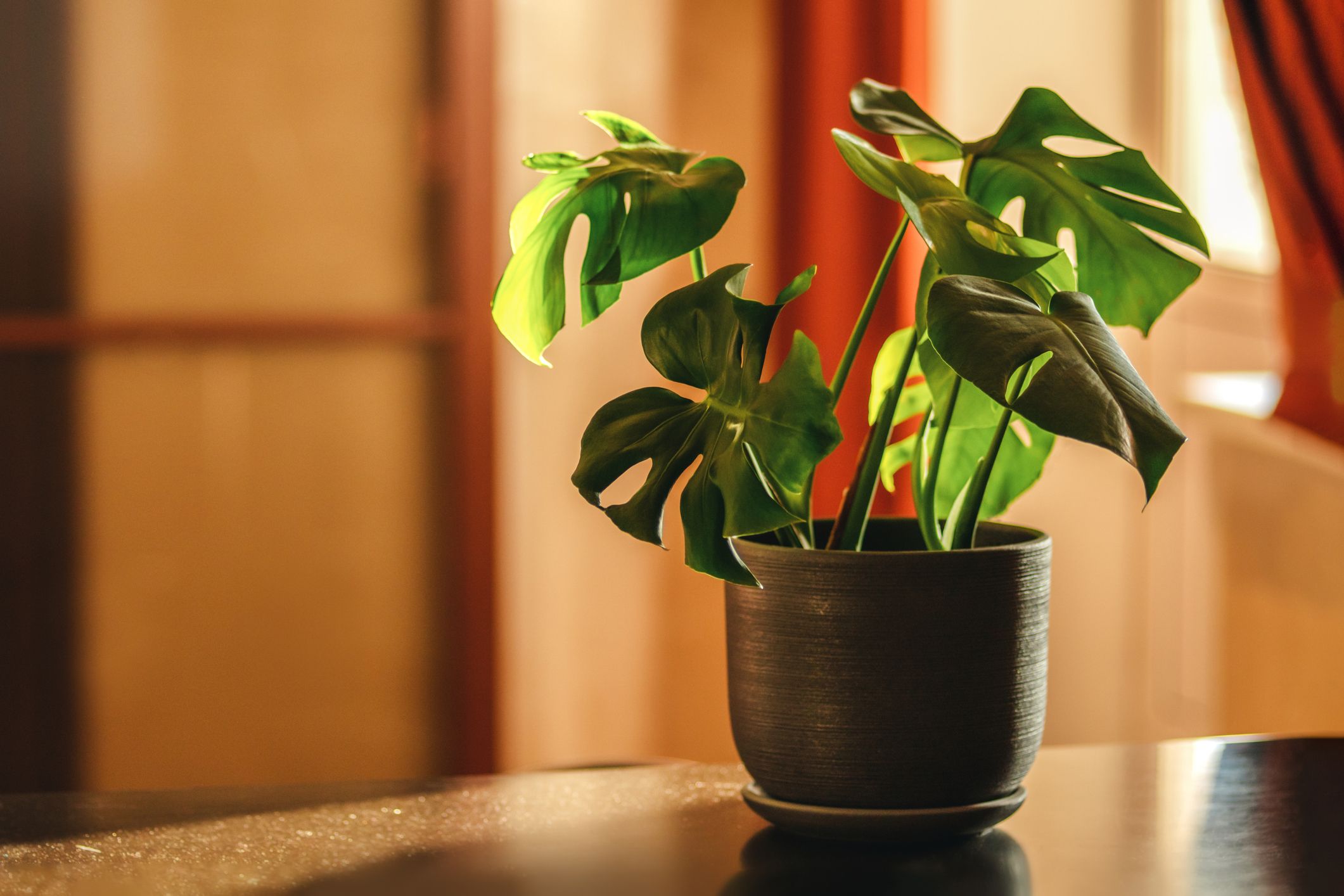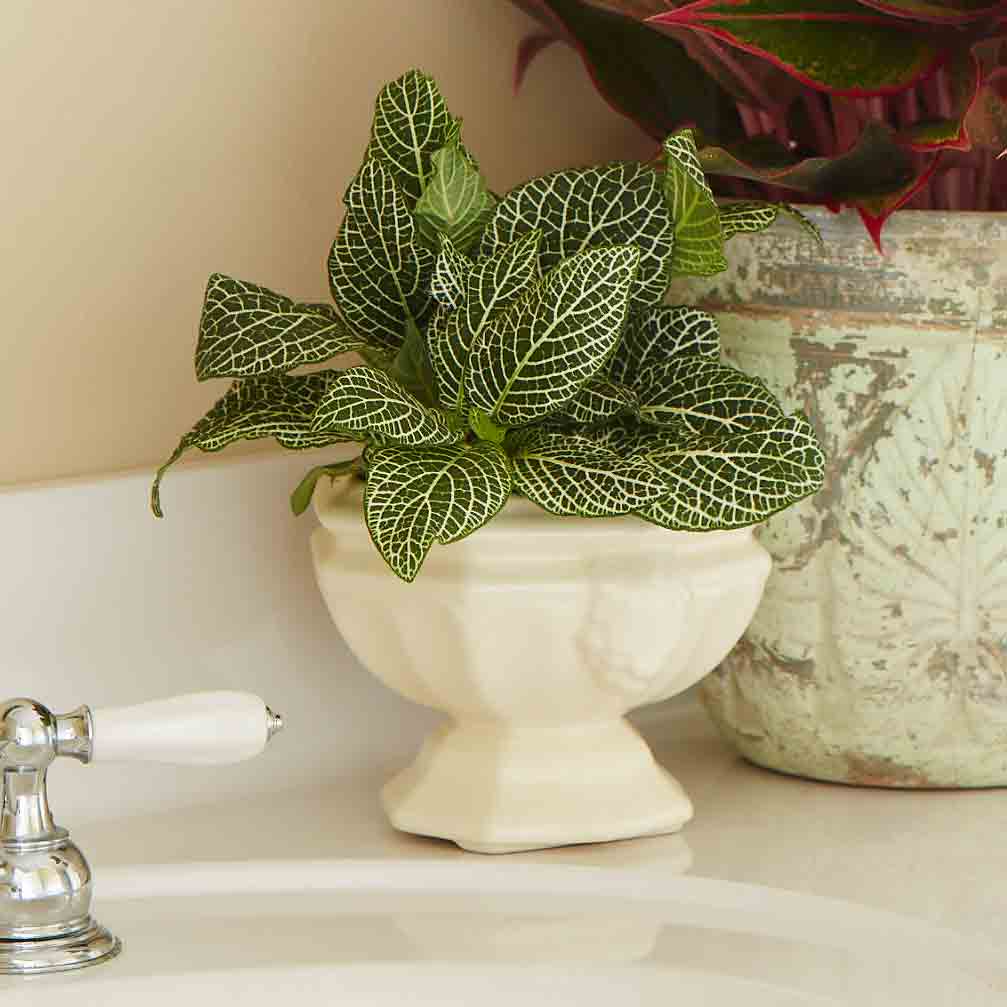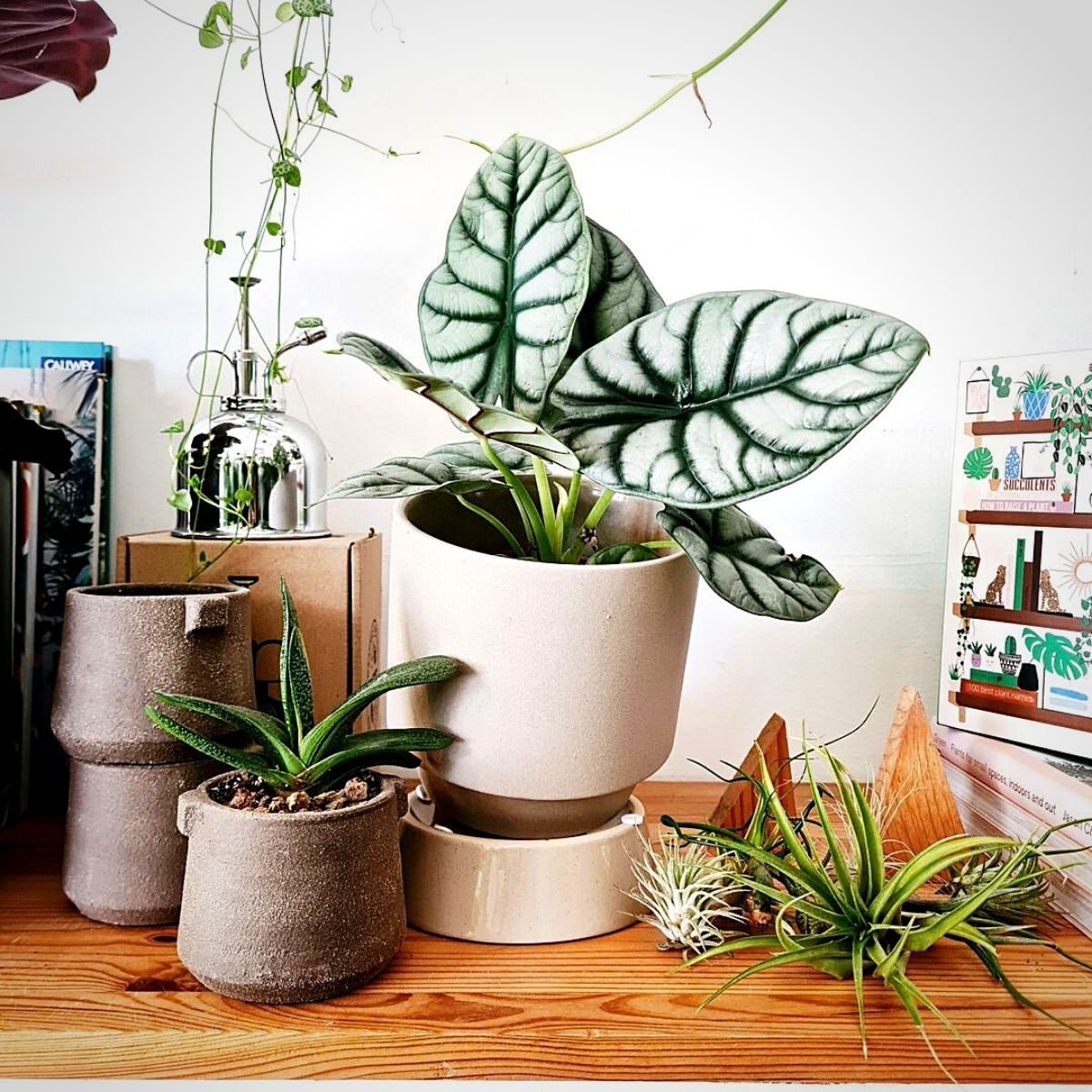Best Low-Light Indoor Plants for Those with Limited Natural Light in Their Homes
Best Low-Light Indoor Plants for Those with Limited Natural Light in Their Homes
Blog Article
Transform Your Home With Beautiful Low-Light Indoor Plants and Their Benefits
Integrating low-light interior plants into your home can significantly boost both the environmental and visual high quality of your living spaces. These plants, which flourish in dark problems, serve not only as ornamental aspects however also as natural air cleansers, making them perfect for city residents or those with limited sunlight direct exposure. As we discover the various types of low-light plants and their advantages, you might find unexpected methods to incorporate them right into your home that can transform your surroundings in methods you could not have actually anticipated.
Benefits of Low-Light Plants
Low-light plants use countless benefits for indoor environments, making them an excellent selection for both novice and knowledgeable garden enthusiasts. Among the key advantages is their adaptability to low-light conditions, allowing individuals to enhance their home without the requirement for considerable sunshine direct exposure. This particular makes them excellent for apartments, offices, and other areas with limited all-natural light.

Furthermore, incorporating low-light plants into home design can raise the visual charm of an area. Their rich foliage and varied textures create a relaxing ambience, adding to total wellness. The presence of greenery has actually been linked to reduced stress degrees and improved efficiency, making low-light plants a useful selection for boosting both physical and mental wellness in interior settings.
Leading Low-Light Indoor Plants
While several interior plants thrive in intense light, a number of varieties are especially well-suited for low-light problems, making them perfect for numerous indoor rooms. One prominent option is the Serpent Plant (Sansevieria), understood for its striking upright leaves and strength, requiring minimal care. Another superb option is the Pothos (Epipremnum aureum), which includes heart-shaped leaves and can route wonderfully from hangers or racks, thriving in reduced light and adding a lavish touch.
The ZZ Plant (Zamioculcas zamiifolia) is celebrated for its shiny leaves and capability to withstand forget, making it best for busy way of livings. Likewise, the Tranquility Lily (Spathiphyllum) not only endures reduced light but likewise produces magnificent white flowers, enhancing any kind of space's aesthetic.
For an unique touch, think about the Cast Iron Plant (Aspidistra elatior), which without a doubt lives up to its name, flourishing in the darkest corners of your home. The Chinese Evergreen (Aglaonema) supplies a selection of fallen leave patterns and shades while being exceptionally forgiving in low-light problems. These plants not just improve interior settings yet additionally add to air filtration, improving your living room.
Treatment Tips for Low-Light Plants

Sprinkling practices are vital; these plants often choose somewhat completely dry problems. Overwatering can lead to root rot, so make sure that the leading inch of soil is dry before watering once again. Use pots with drain openings to permit excess moisture to escape.
Humidity is another essential aspect. Several low-light plants, such as brushes and tranquility lilies, benefit from higher humidity degrees. To raise moisture, consider misting the leaves or positioning a tray of water near the plants.
Fertilizing should be approached with caution. Throughout the expanding period, utilize a diluted, well balanced fluid fertilizer monthly to support growth, but avoid feeding throughout the inactive cold weather.

Innovative Ways to Display Plants
Indoor plants can function as fascinating focal points in any type of area, enhancing both visual allure and ambiance. Creative display screens can boost the aesthetic effect of low-light plants, making them an essential component of your home decor. One effective approach is to utilize tiered plant stands, which allow you to display numerous plants at differing elevations while making the most of floor area.
Hanging planters are one more ingenious option, producing a feeling of deepness and attracting the eye upward. Take into consideration macramé wall mounts or wall-mounted racks to present a special texture and design.
For a more structured strategy, use geometric terrariums or glass containers to house your plants, adding a modern-day touch to your indoor garden. You can additionally repurpose vintage products, such as teacups or wooden dog crates, for an eclectic display that reflects your character.
Enhancing Home Ambiance With Plants
Integrating low-light plants right into your home not only enhances aesthetic appeal but likewise contributes considerably to the general ambiance. These plants act as all-natural decor components, introducing a feeling of peace that can transform any space. The visibility of greenery promotes a calming environment, which is specifically helpful in high-stress settings such as home offices or living spaces.
Low-light plants, such as serpent plants, pothos, and ZZ plants, are not only visually pleasing however also improve indoor air quality by filtering toxins. This double function boosts the ambiance additionally, developing a healthier space (Best low-light indoor plants). The strategic positioning of these plants can additionally affect the assumption of area; for instance, high plants can attract the eye upwards, making ceilings show up higher and rooms extra sizable
Moreover, differing appearances and shades of vegetation find more info include deepness to interior decoration, enabling for innovative expression in home designing. Whether put on racks, in edges, or as focal points, low-light plants can raise the mood of any space. In summary, incorporating these plants right into your home is an efficient means to foster a warm, welcoming ambience while profiting of enhanced air top quality and visual flexibility.
Final Thought
Including low-light interior plants right into home environments provides various advantages, consisting of improved visual allure and boosted air quality. These resilient plants, such as the Snake Plant and Peace Lily, require minimal light and maintenance, making them suitable for diverse way of lives.
While numerous interior plants grow in intense light, several species are particularly fit for low-light problems, making them ideal for various read more indoor rooms. One reliable approach is to utilize tiered plant stands, which enable you to showcase multiple plants at differing elevations while taking full advantage of floor space.
Low-light plants, such as snake plants, pothos, and ZZ plants, are not just cosmetically pleasing yet likewise enhance indoor air quality by filtering system contaminants. Best low-light indoor plants. The calculated placement of these plants can additionally affect the understanding of space; for circumstances, high plants can draw the eye upward, making ceilings show up higher and rooms extra large
These durable plants, such as the Snake Plant and Peace Lily, call for very little light and maintenance, making them ideal for More Bonuses varied lifestyles.
Report this page